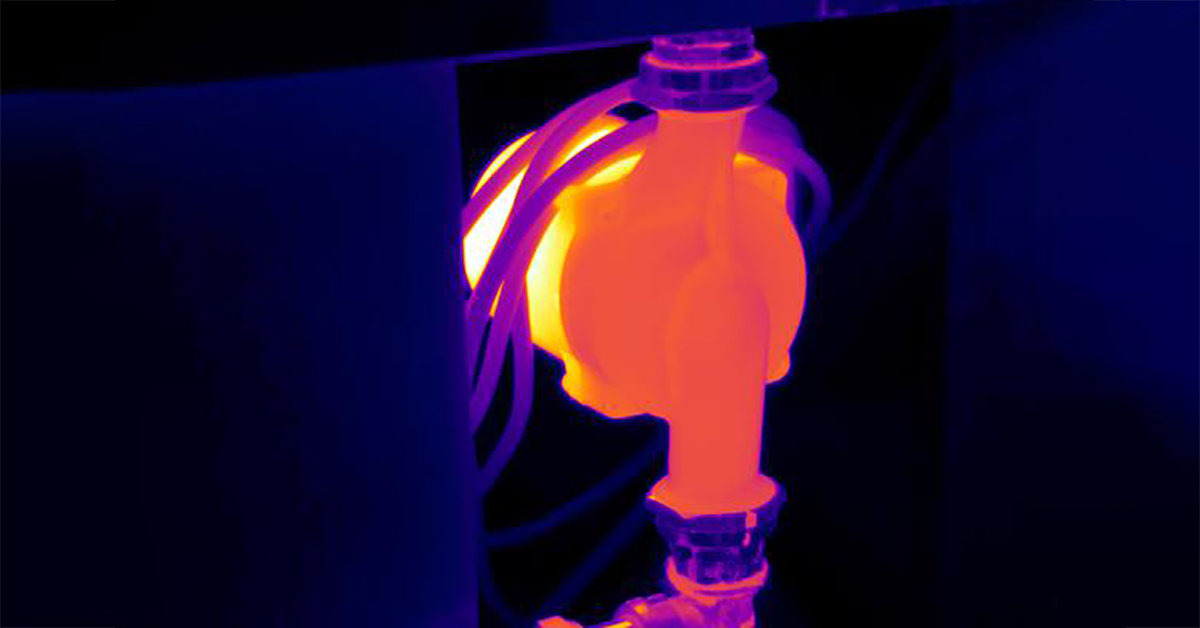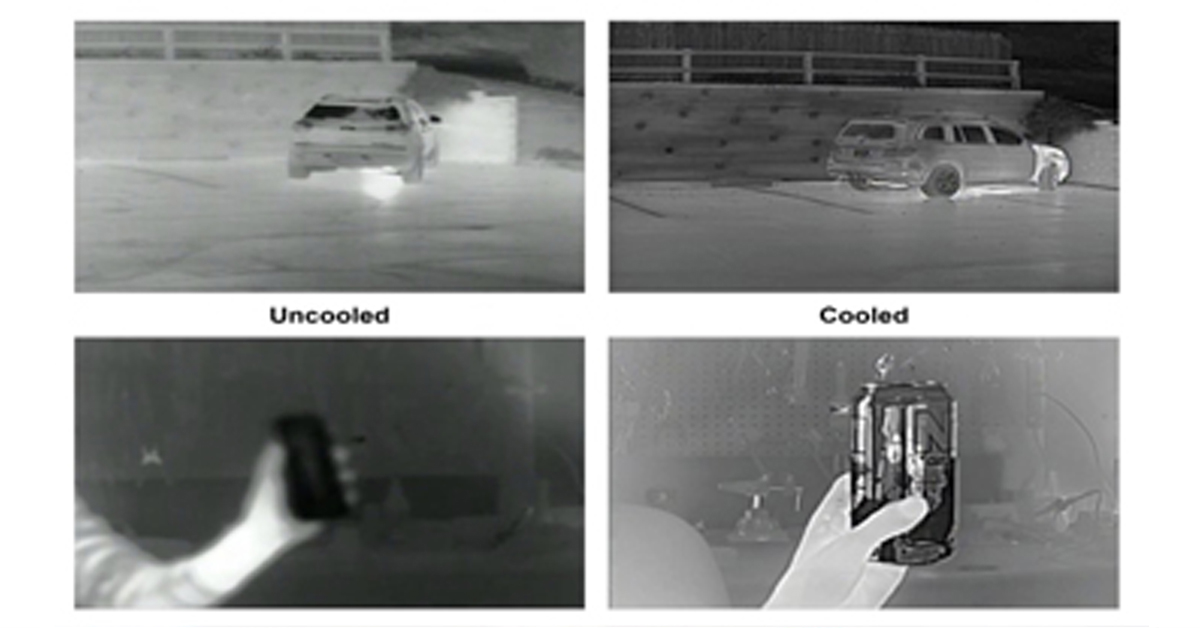
Determine Which Visible and Thermal Security Cameras You Need
Surveillance cameras capture images that help security personnel track intruders as well as verify incidents and classify incidents. Getting effective image quality begins with choosing the right sensor or camera. Two common options are visible and thermal cameras—both are essential for distinct reasons. Here are the key differences and scenarios for using visible and thermal cameras in end-to-end security solutions.
Visible, NIR, and Thermal Sensors
Conventional surveillance cameras require light to produce images. However, optimal lighting isn’t always available for security applications, especially in outdoor, remote, or rural locations. By understanding how cameras rely on the various ranges of light within the electromagnetic spectrum, system integrators can design a video solution that overcomes most image capture challenges.
The Electromagnetic Spectrum
Electromagnetic energy has different wavelengths. The human eye can only see visible light on the spectrum, which ranges from 400-750 nanometers in wavelength and appears as different colors. Traditional security cameras rely on visible light to create detailed color images optimal for target identification, facial recognition, object recognition, and evidentiary-class video for court proceedings. These are the standard for video surveillance and satisfy requirements for most use cases. They are also the most affordable options.
Meanwhile, near infrared (NIR or just IR for short) energy is invisible to the naked eye. NIR cameras can see this invisible light, which allows them to deliver bright images in low-light scenarios. These cameras often utilize NIR lasers or LEDs to beam near IR (usually 850-940 nanometers) that the imager can see when it bounces off an object. The primary limitation of NIR cameras is that they still rely on reflected light and generally only produce a black and white image. They tend to have shorter detection ranges and can yield images with poor contrast.
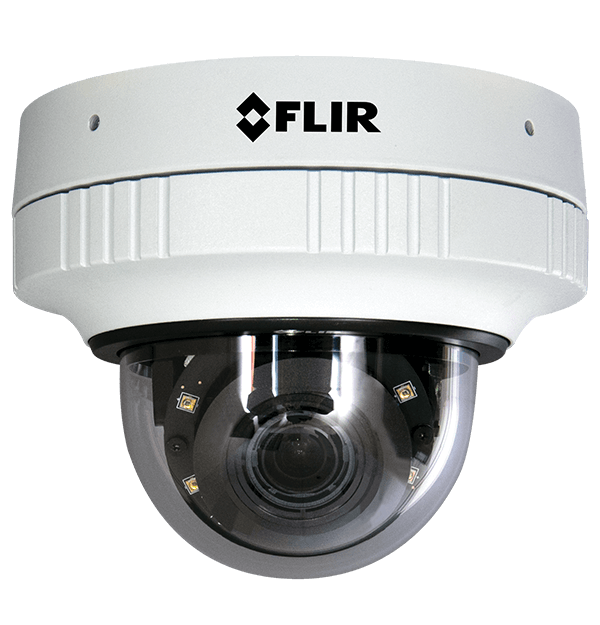
FLIR Quasar™ Premium Mini-Dome
The FLIR Quasar premium mini-dome is a visible light security camera that delivers superior image quality and IR-illumination in the most demanding environments.
On the other hand, thermal security cameras detect mid and long wave IR wavelengths that range up to 14 µm and emit heat. Unlike active IR systems, thermal cameras are not dependent on light. They are passive sensors that only detect the heat, or thermal radiation, that is emitted by all objects. Capturing the differences in heat signatures and reflecting these variances in high-contrast images, thermal cameras yield video in total darkness. Conditions that would typically affect visible cameras—poor lighting, shifting light, rain, sun glare, smoke, or reflections—do not affect thermal cameras. For these reasons, thermal cameras are optimal solutions for harsh, rugged environments that require 24/7 monitoring and long-range detection.
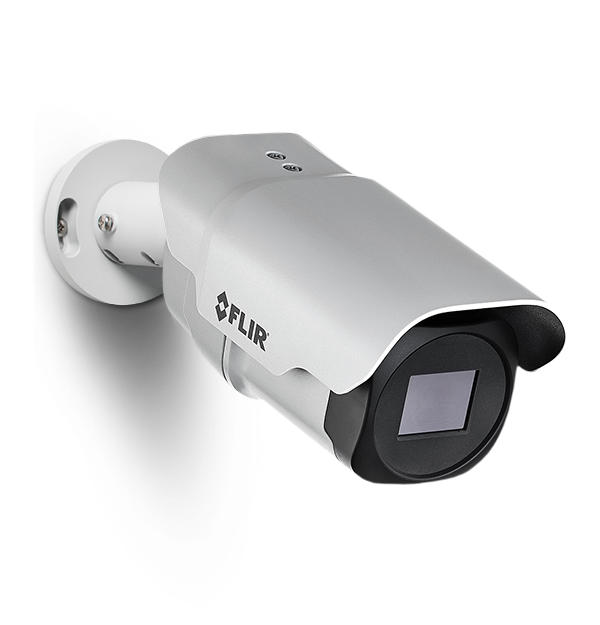
Elara™ FB-Series ID
The FLIR Elara FB-Series ID thermal security camera uses onboard analytics to classify human or vehicular intrusions, providing reliable detection with low false alarm rates in challenging environments, bad weather, and complete darkness.
Deciding Factors
Here are the criteria that systems integrators should evaluate when designing a perimeter security system to determine whether to deploy a visible or thermal camera.
- Feature Identification: If the application requires identification of specific features on a target such as clothing color or hair length, a visible camera is the best option. Outdoor pan-tilt-zoom cameras are often used for this purpose so security operators can follow and identify suspects once a target has been detected by an analytic camera or radar sensor.
- Range: If a customer wants to maximize coverage while minimizing the number of cameras installed for cost-savings, camera spacing is critical. Thermal cameras become the optimal choice due to their ability to detect objects hundreds of meters away, even in challenging conditions.
- Environmental Conditions: Sites affected by severe weather that reduces visibility may require a thermal sensor even if the maximum distance to cover is within the range of visible cameras. For example, a visible camera with a 50-meter range may be able to capture images at that distance through light fog, but at night, that same camera would not be able to see at 50 meters. To simplify setup and guarantee visibility, it is better to go with thermal in adverse environmental conditions.
- Video Analytics Performance: Ensuring detection while minimizing the number of false alarms is a key pain point in the security industry, especially for applications that are remotely operated by an external security alarm monitoring company. The most demanding scenarios for video analytics will almost always go with thermal. This is because thermal cameras yield high-contrast images—regardless of the lighting or weather condition—that perform better with analytics and lead to more accurate detection. Thermal cameras are also less susceptible to false alarms from sources such as shadows, sun reflections, changing lighting conditions, insects, and swaying foliage.
Key Takeaways
In summary, visible cameras are the best, cost-effective option to satisfy identification and evidentiary standards for surveillance applications. When specifications require a camera that can’t be compromised by inclement weather, has long detection ranges, and performs well with video analytics at night, a thermal camera is the optimal choice.
A comprehensive security solution deployed for perimeter surveillance will leverage both thermal and visible cameras. A turnkey system will also employ multi-spectral,pan-tilt zoom cameras with both thermal and visible sensors. These cameras offer valuable color video and in conditions when a visible sensor cannot perform, the thermal sensor provides clear images. When integrated with radar, these cameras slew to the cue of a detected target for superior tracking, situational awareness, and threat assessment. All these video operations as well as real-time response protocols can be efficiently managed through a sophisticated video managment systems or command and conrtol software.
Blog Posts


Thermal Camera Selection
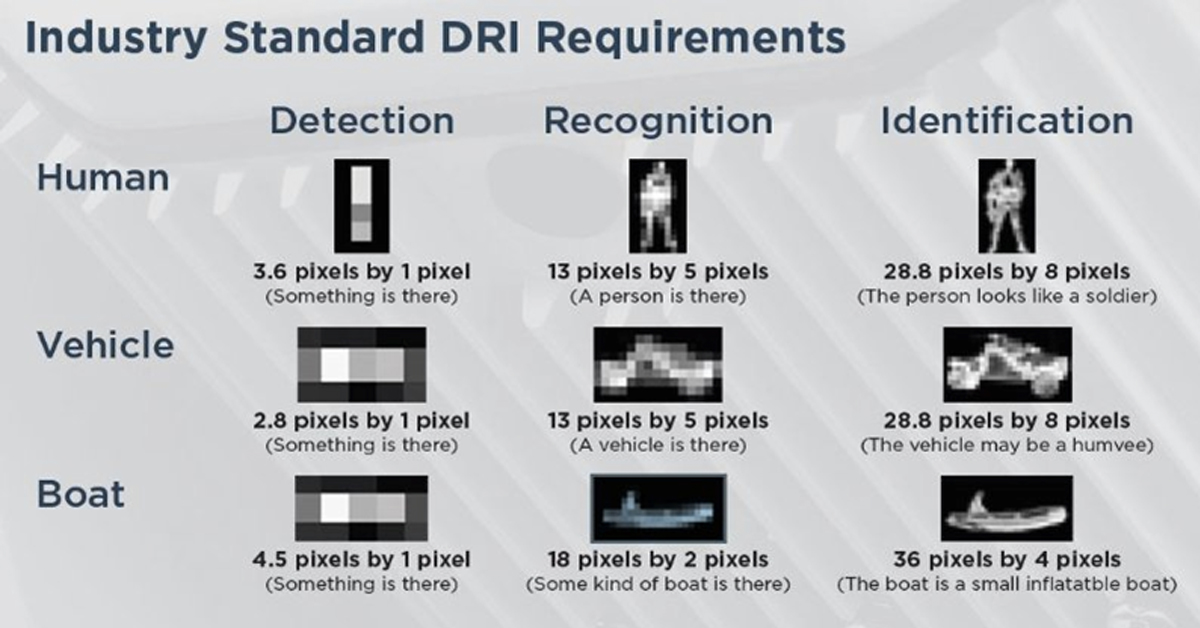
How Far Can I See?

How Should Human Temperature Be Measured?

What is Wide Dynamic Range?
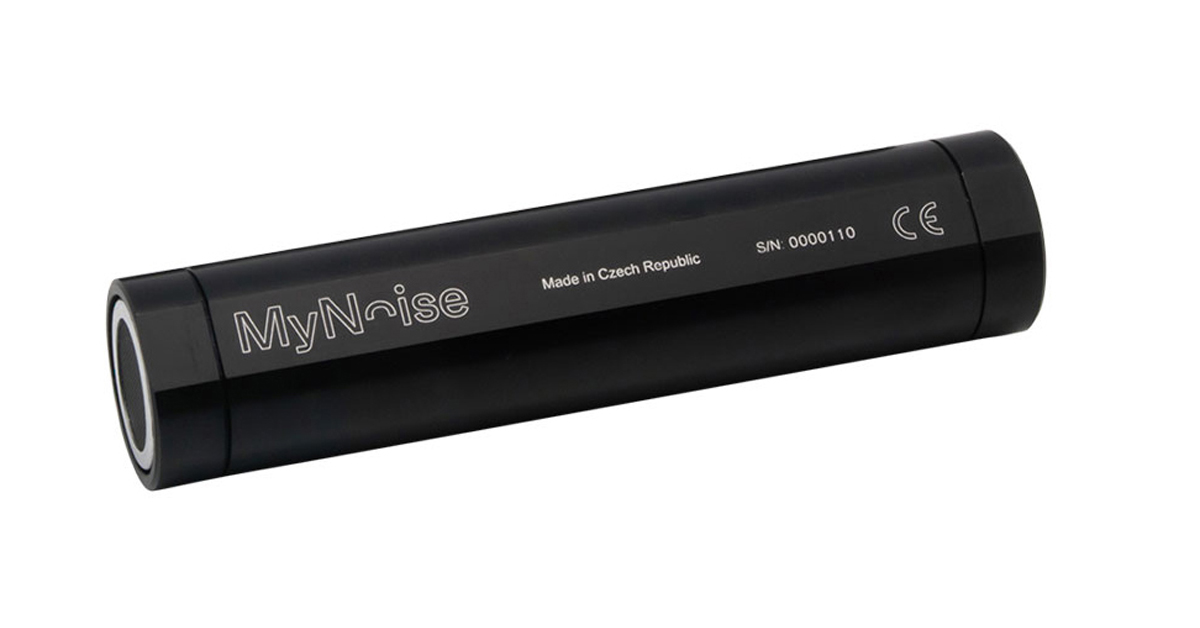
MYNOISE AUDIO MIXER REVIEW

WHAT IS A WIRELESS DISTRIBUTION SYSTEM?

POE VS. POE+ VS. POE++: CHOOSING THE RIGHT INDUSTRIAL ETHERNET SWITCH FOR YOU
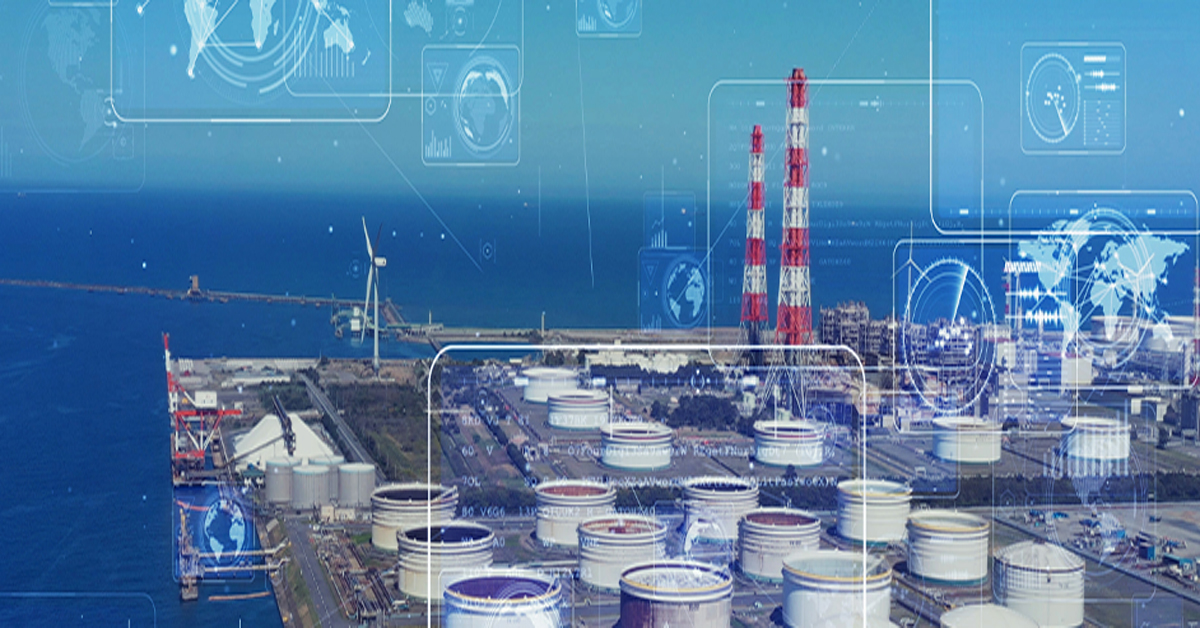
INDUSTRY-LEADING INDUSTRIAL ETHERNET SWITCHES

UNDERSTANDING WHAT THE INDUSTRIAL INTERNET OF THINGS IS
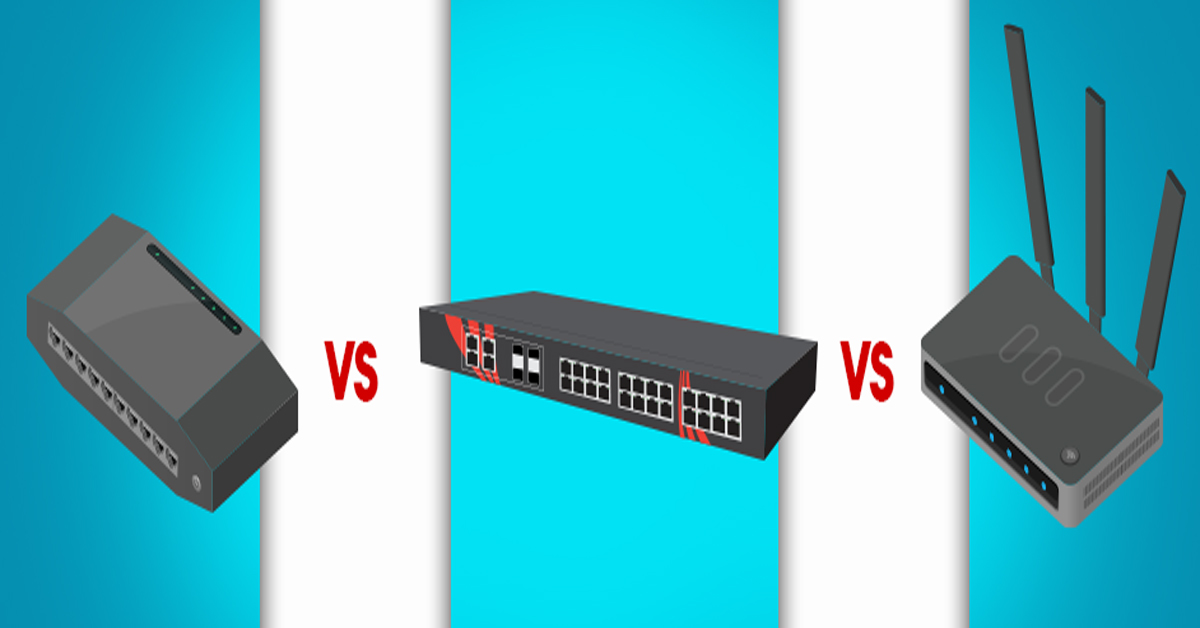
THE DIFFERENCE BETWEEN A HUB, SWITCH, & ROUTER
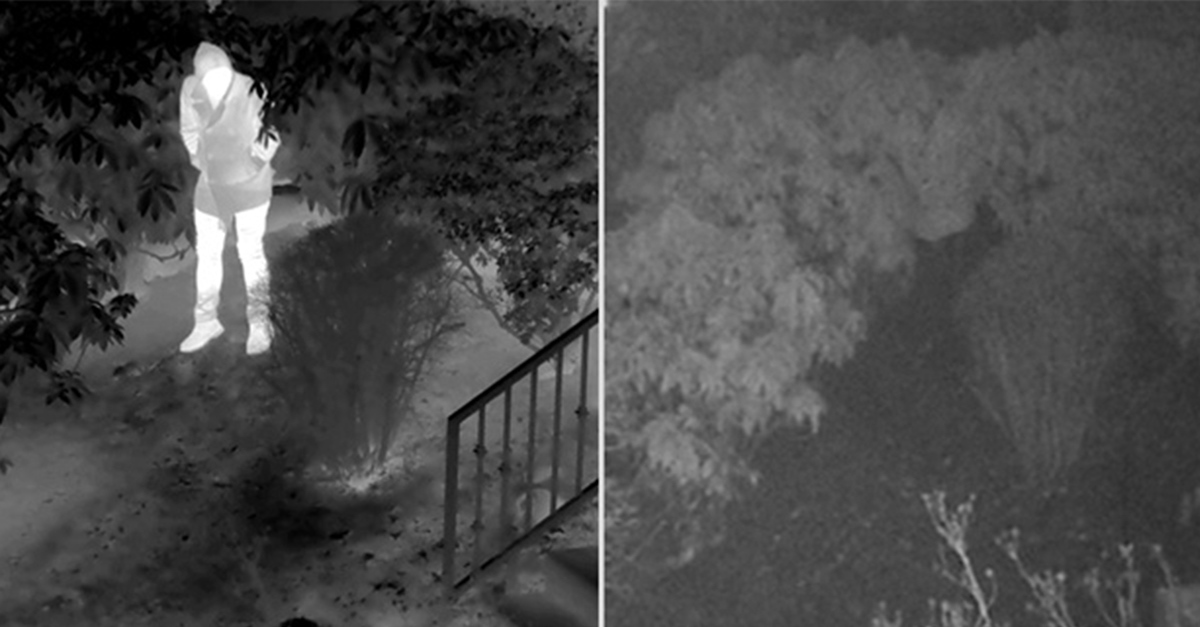
5 Benefits of Thermal Imaging Cameras

DIFFERENCE BETWEEN INDUSTRIAL ETHERNET AND REGULAR ETHERNET

INDUSTRIAL NETWORKING EQUIPMENT USED FOR AUTONOMOUS VEHICLES

CYBERSECURITY: PROTECTING INDUSTRIAL CONTROL SYSTEMS
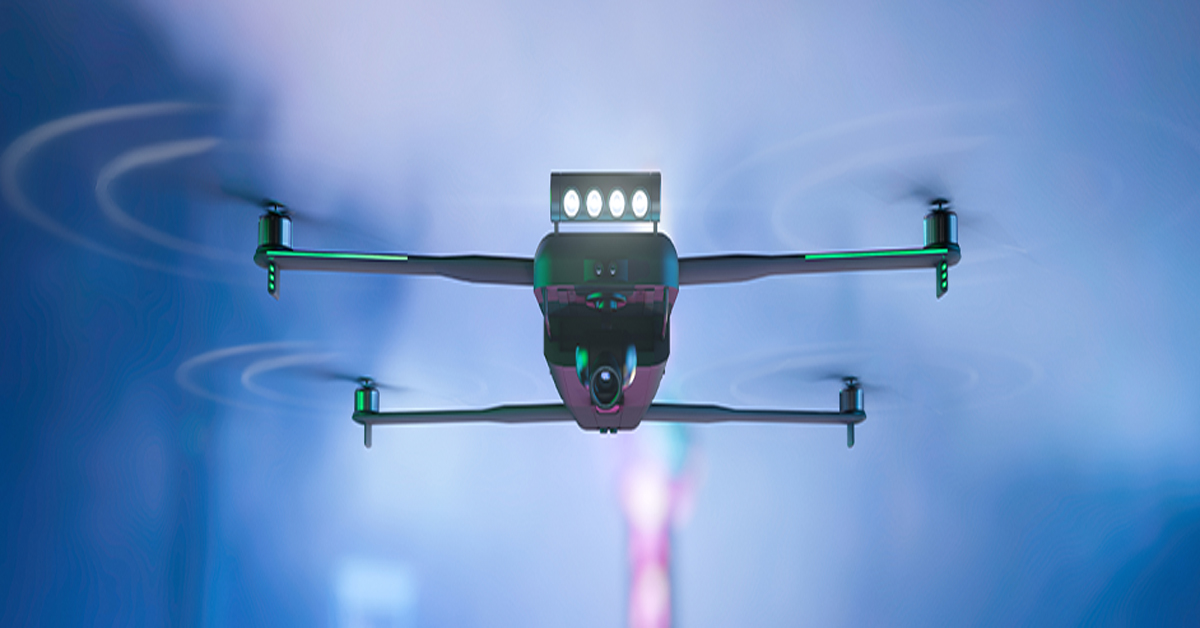
HOW INDUSTRIAL NETWORKING CAN PROVIDE SECURITY FROM DRONES
.webp)
Thermal Cameras Reveal How to Keep Your Home Cool During a Heat Wave
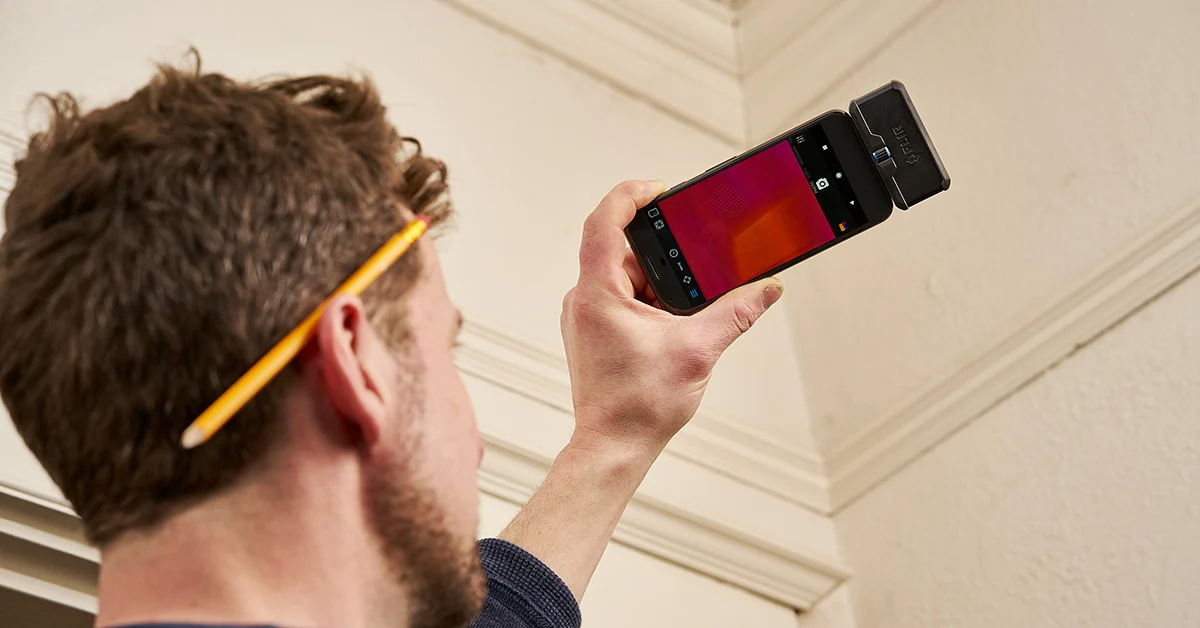
FLıR ONE PRO
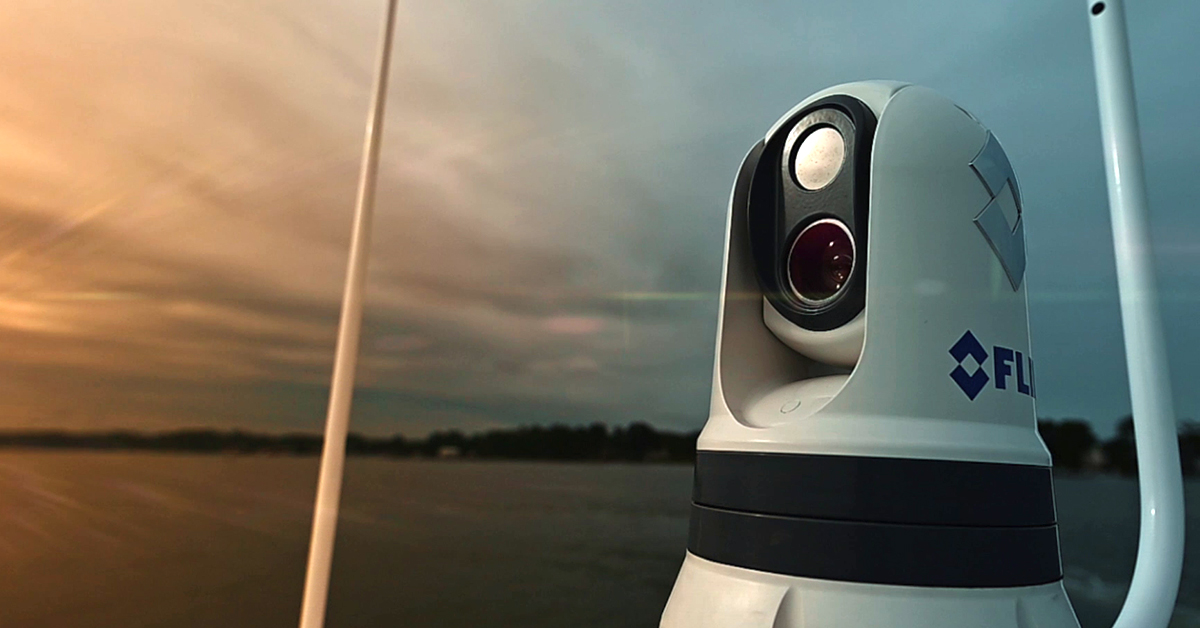
On the Water with the FLIR M364C
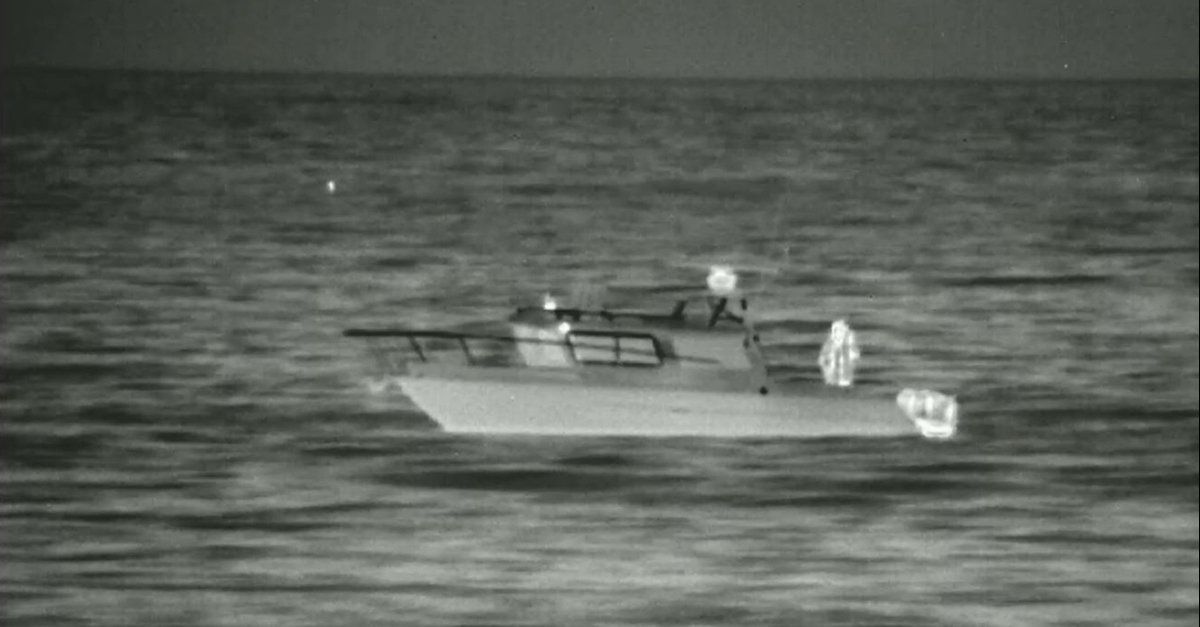
Unmatched Maritime Awareness with Cooled Thermal Imaging

What Is the Right Handheld Thermal Camera for You?
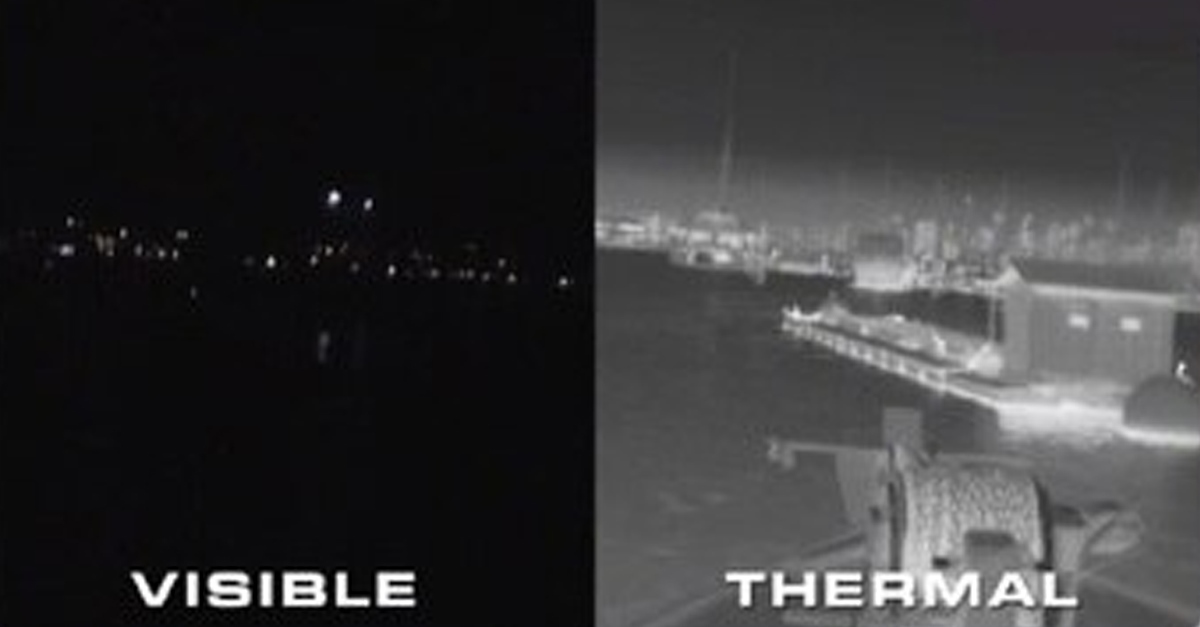
Camera Resolution and Range
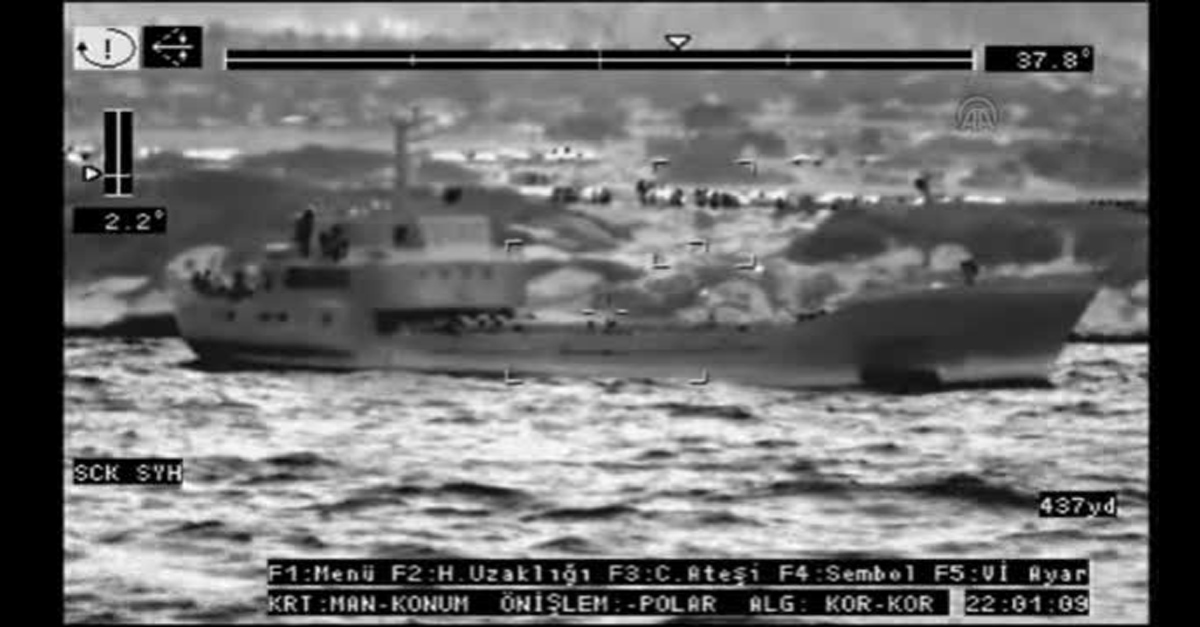
Special Applications for Marine Cameras

What’s The Difference between Thermal Imaging and Night Vision?
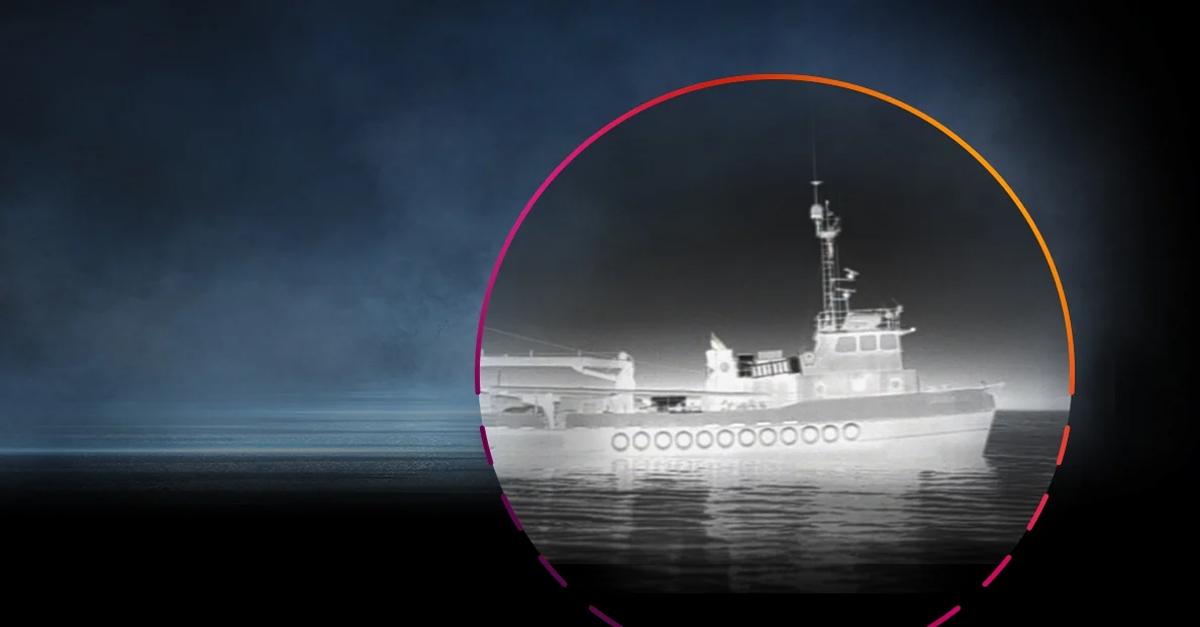
Can Thermal Imaging See Through Fog and Rain?
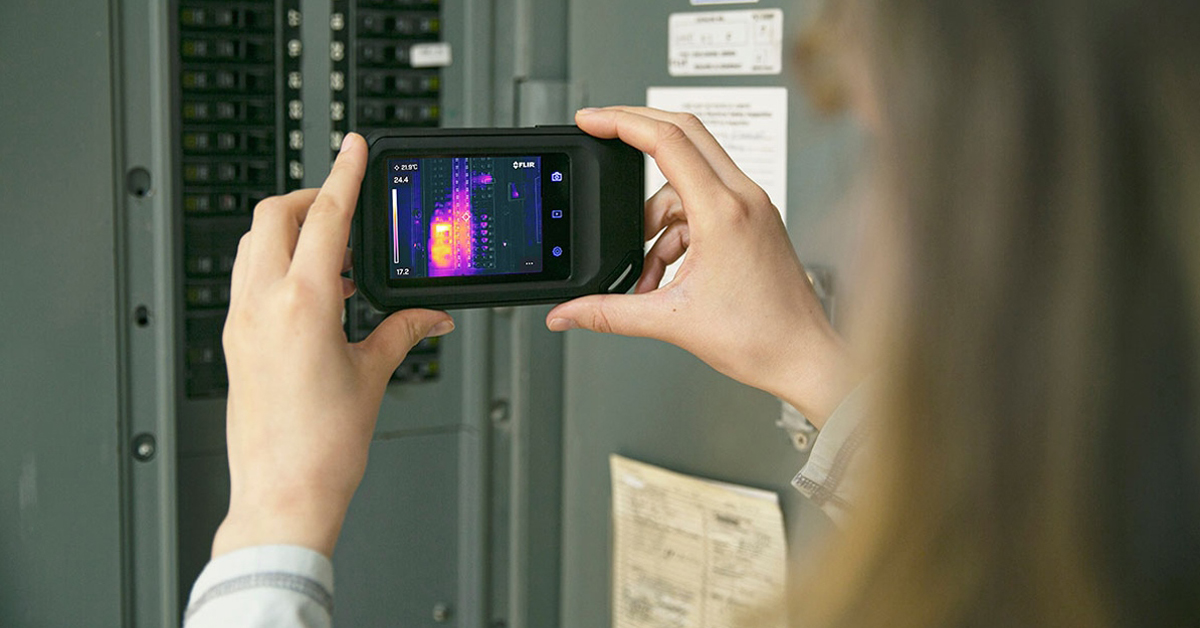
Which Cx-Series Camera Is Right for You?
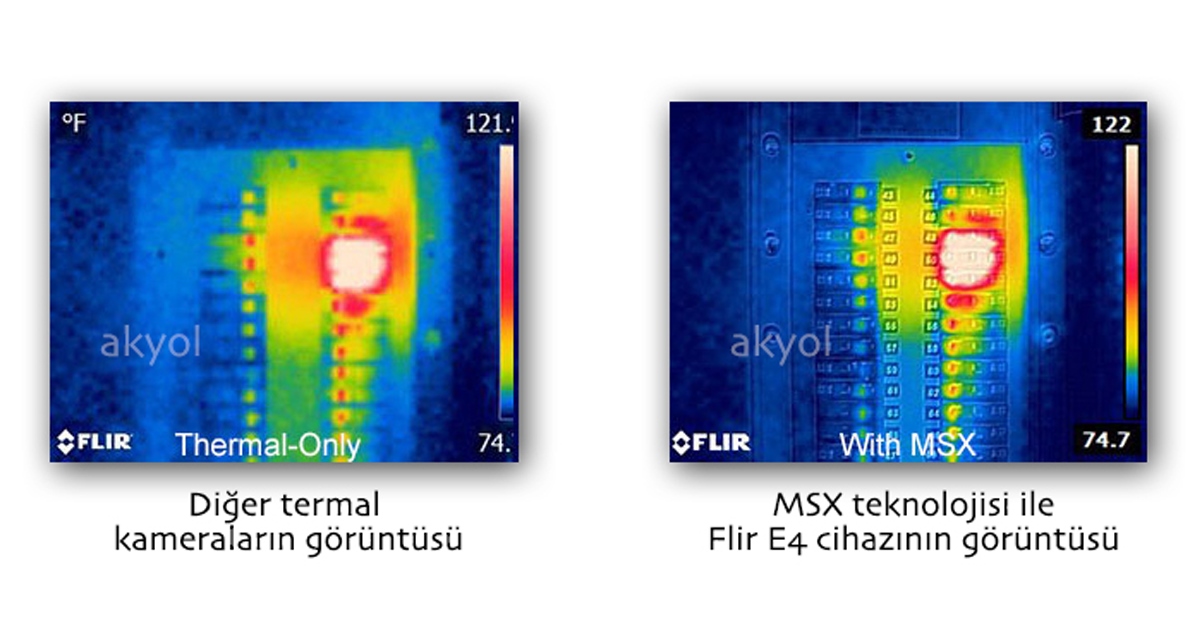
What is MSX®?

Five Reasons Maritime First Responders Need Thermal Imaging
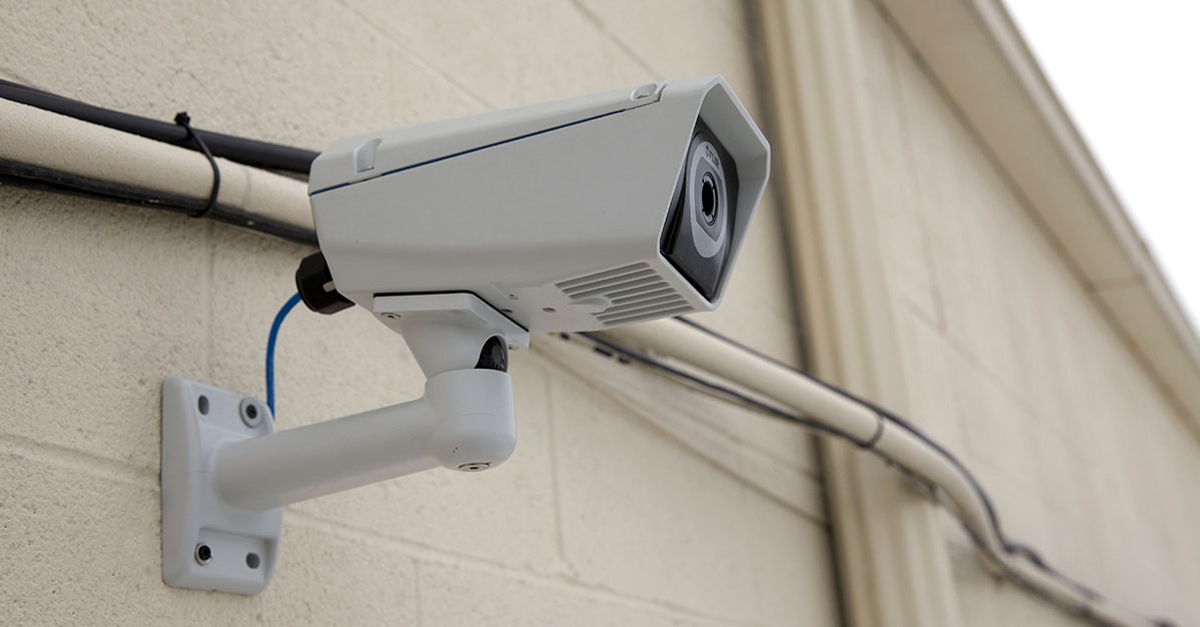
3 Distinguishing Features of Superior Thermal Cameras
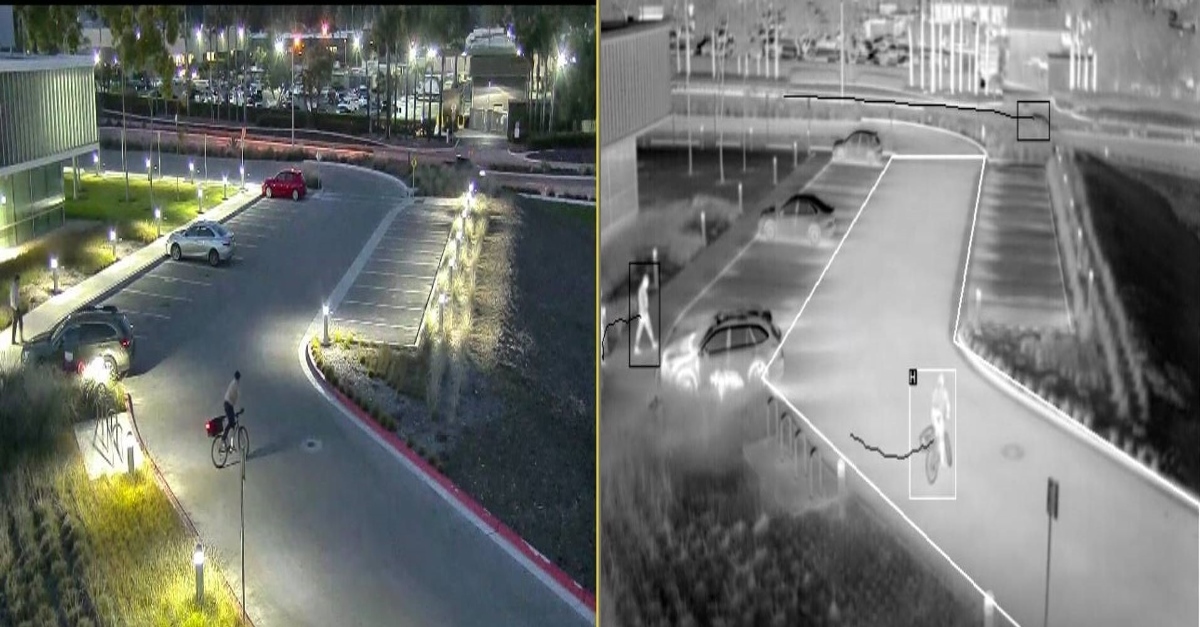
Determine Which Visible and Thermal Security Cameras You Need
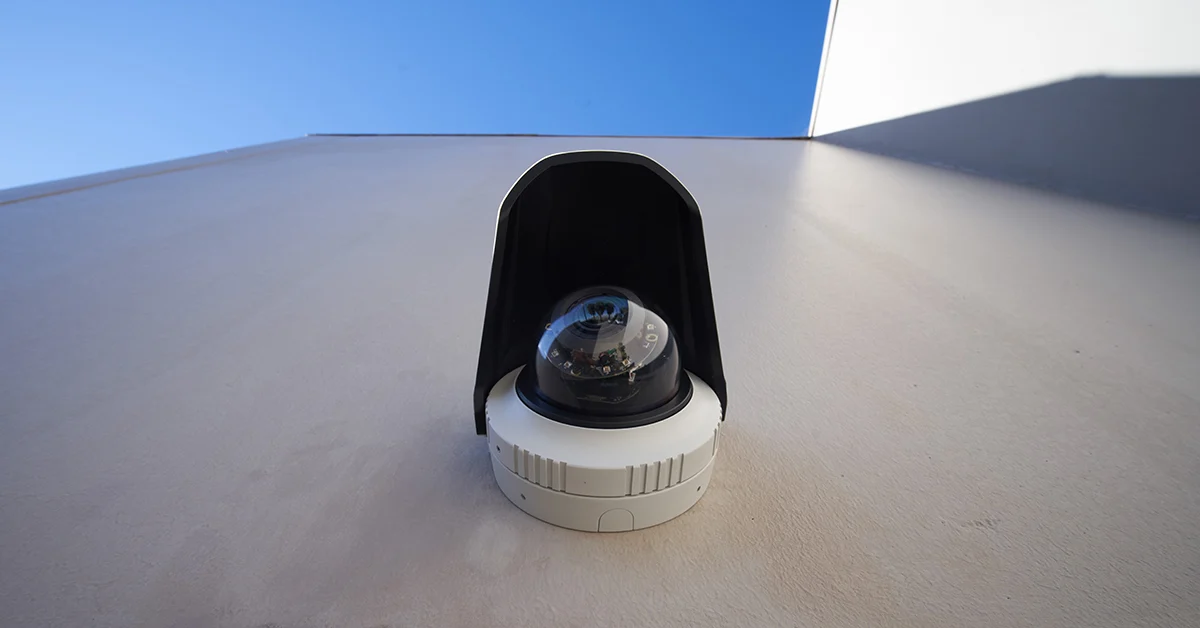
Bullet vs. PTZ vs. Dome: Which Security Camera Is Right for You?
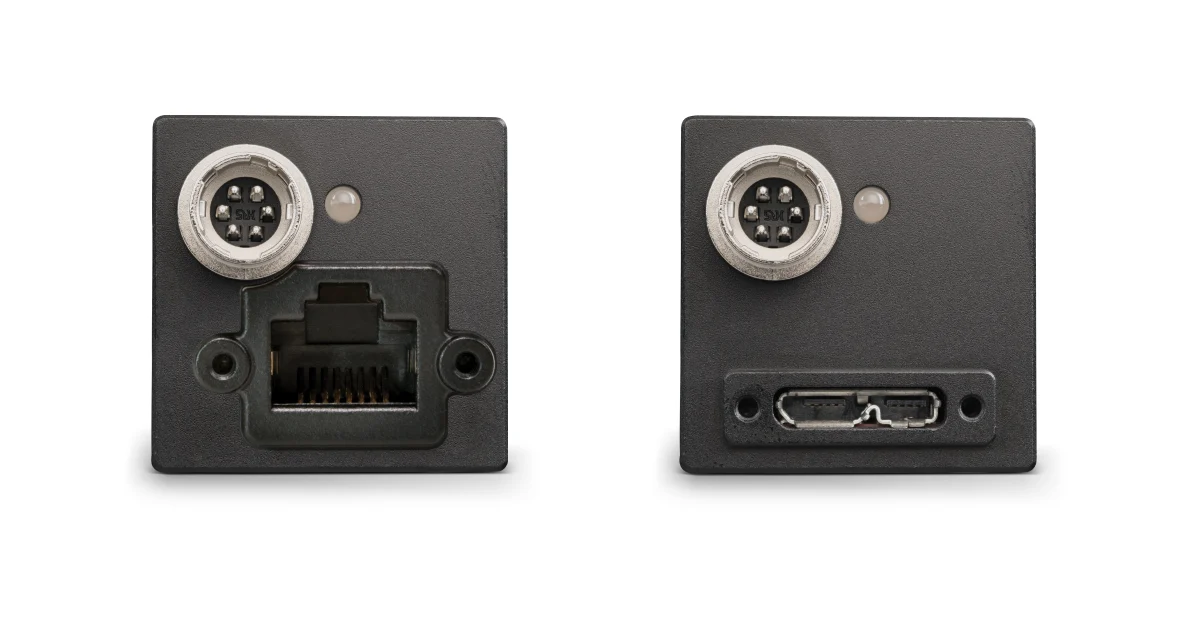
Interfaces for Machine Vision
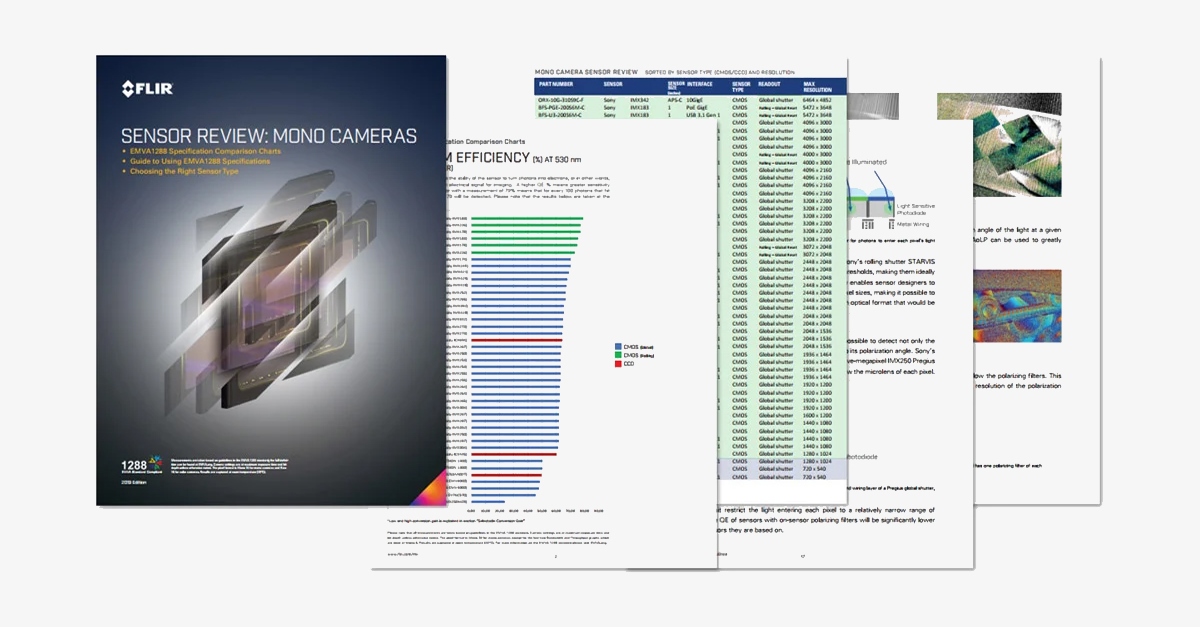
Machine Vision Sensor Review
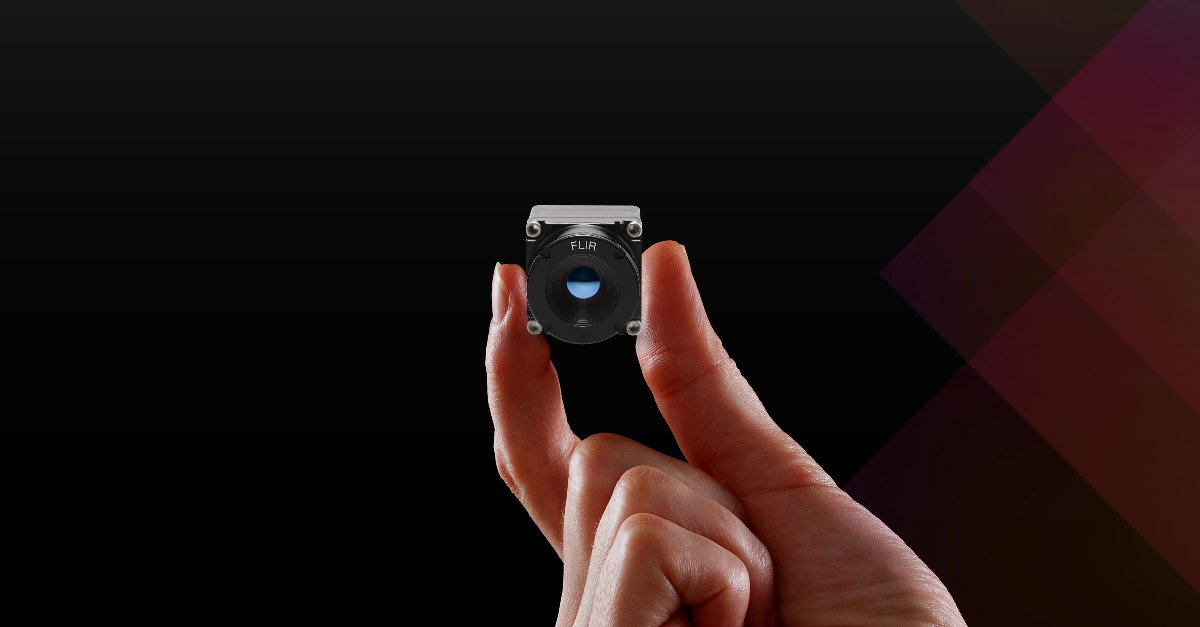
Teledyne FLIR, the Industry Leader, Launches Boson +, a Long-Wave Infrared Thermal Imager Module with an Accuracy of Less Than 20 mK

Whitepaper: IP-Based Security Convergence
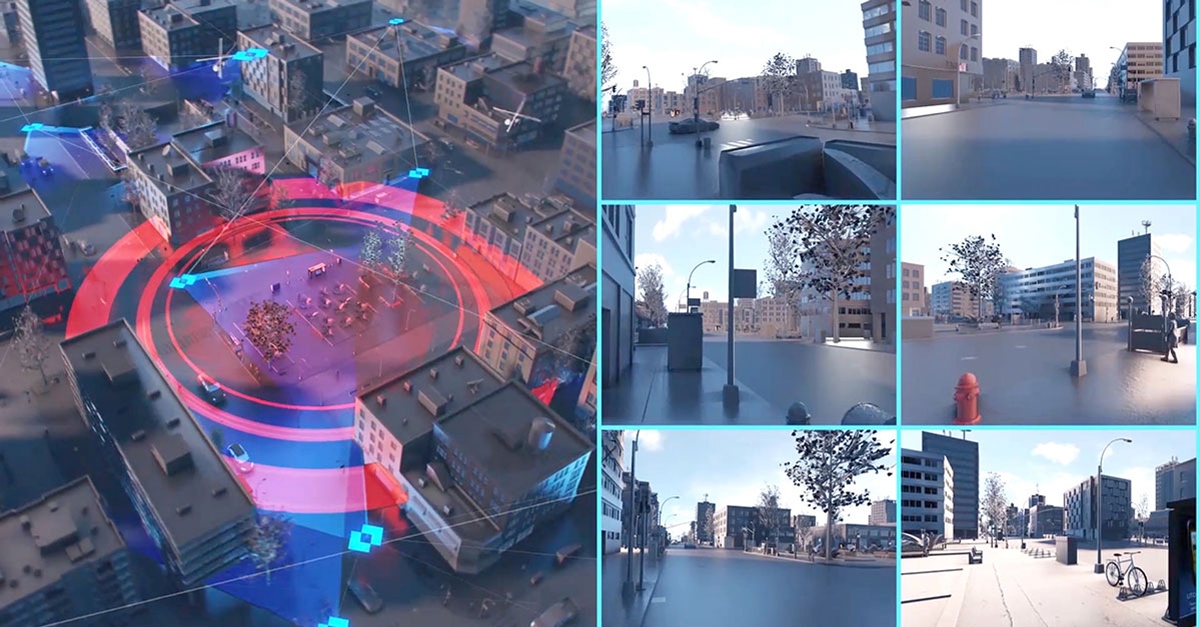
3 Technologies Transforming Safe Cities into Smart Cities

Insights from the Field: Ensuring Workplace Safety Using Thermal Camera Screening for Entry Control
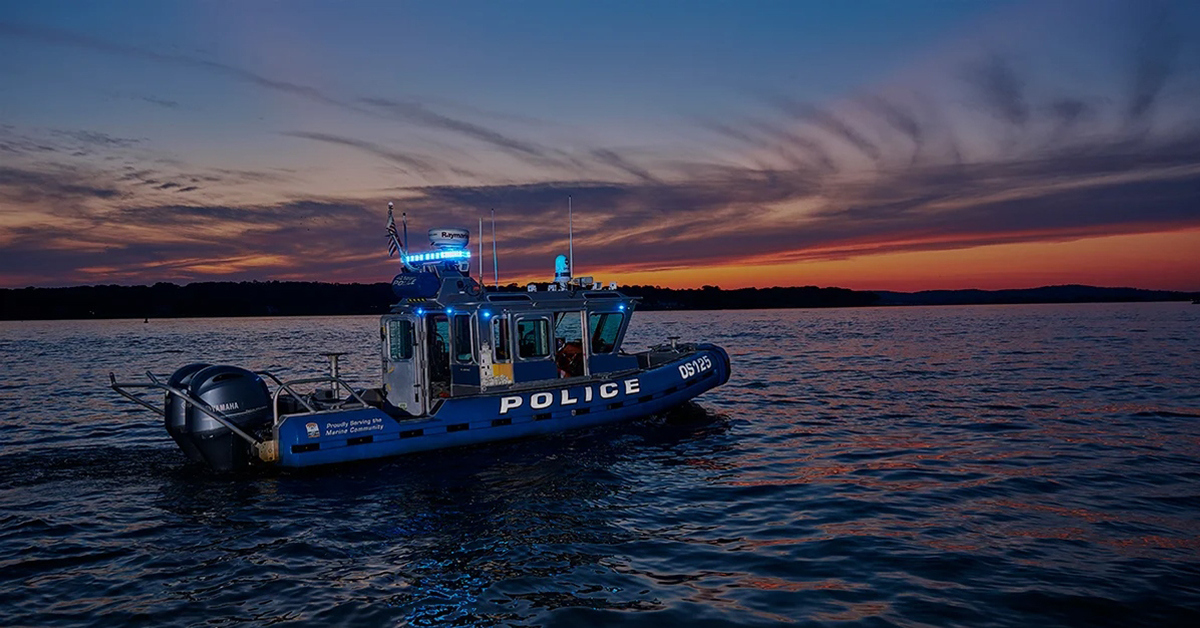
Thermal Night Vision as a Force Multiplier

Can Thermal Imaging See Through Walls? And Other Common Questions
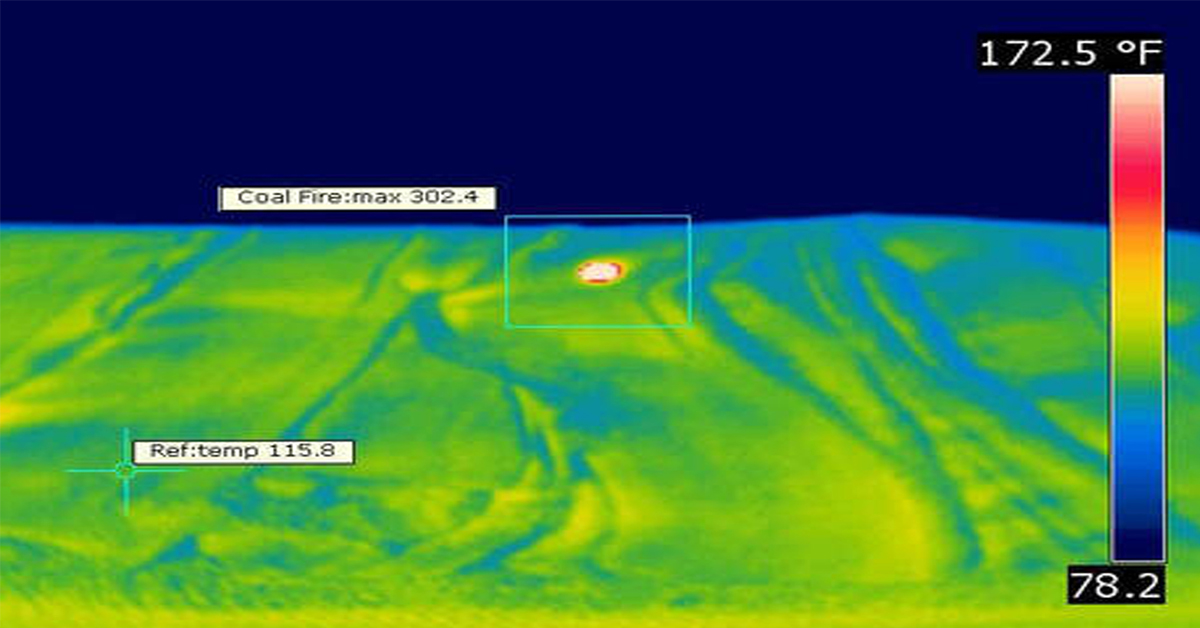
Application Spotlight: Early Fire Detection for Rapid Heat Generation

Protect Personnel and Equipment by Detecting Early Signs of Fire
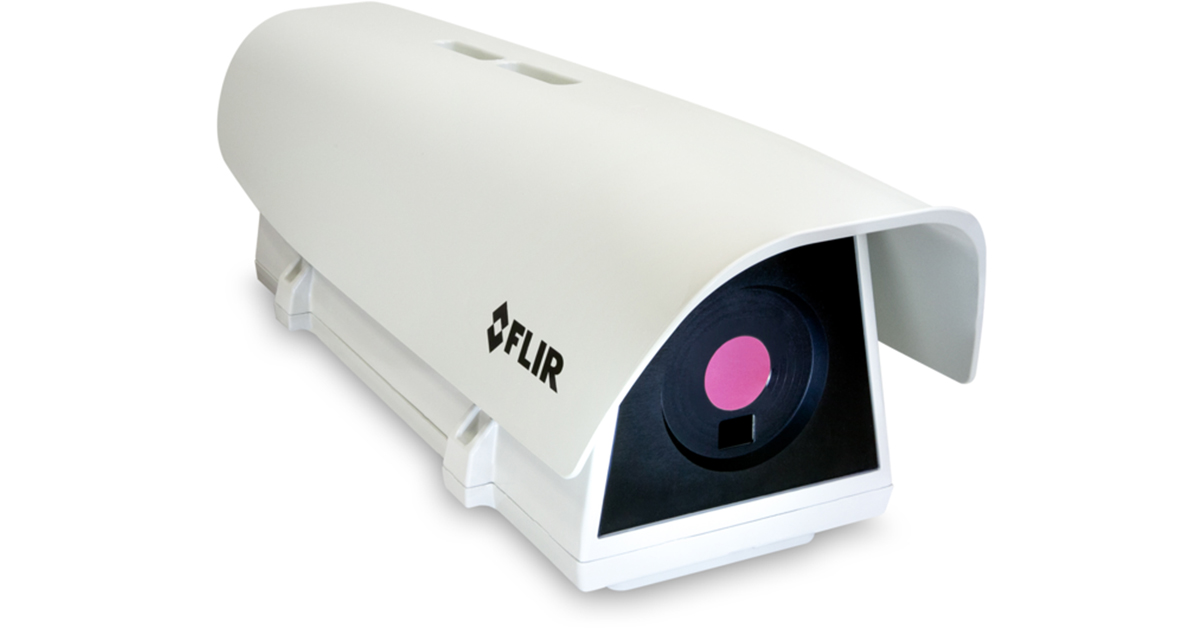
Teledyne FLIR Launches A500f/A700f Cameras for Fire Detection and Condition Monitoring

Thermal Imaging Cameras Help Guarantee Fire Safety in Tunnels
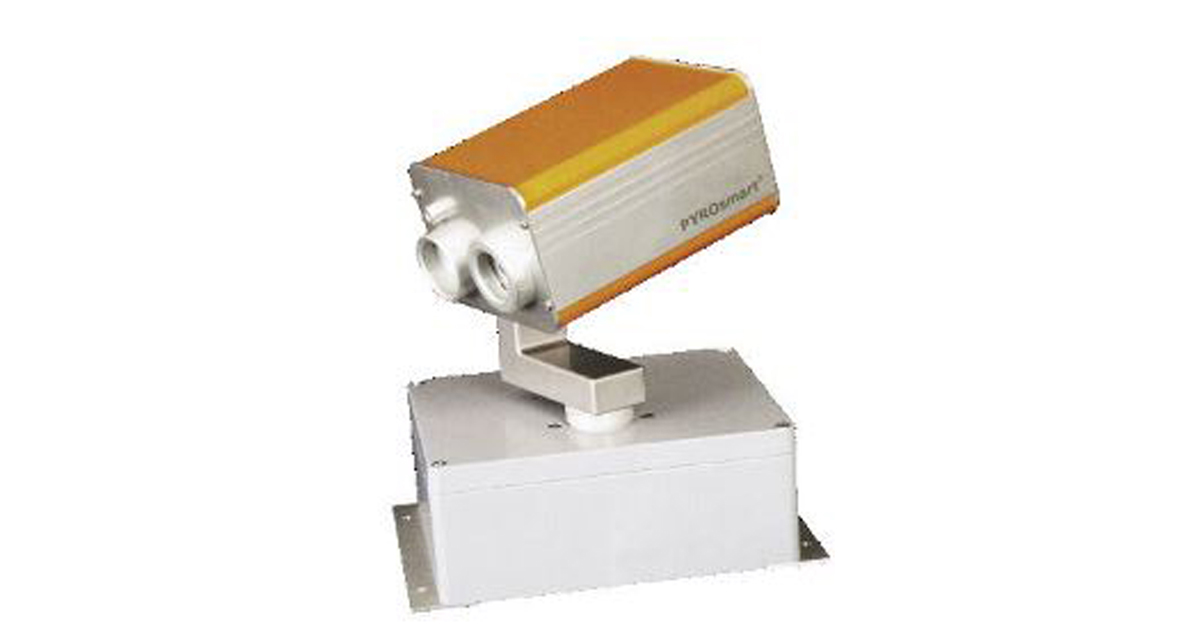
Thermal Imaging Cameras Help to Prevent Fires
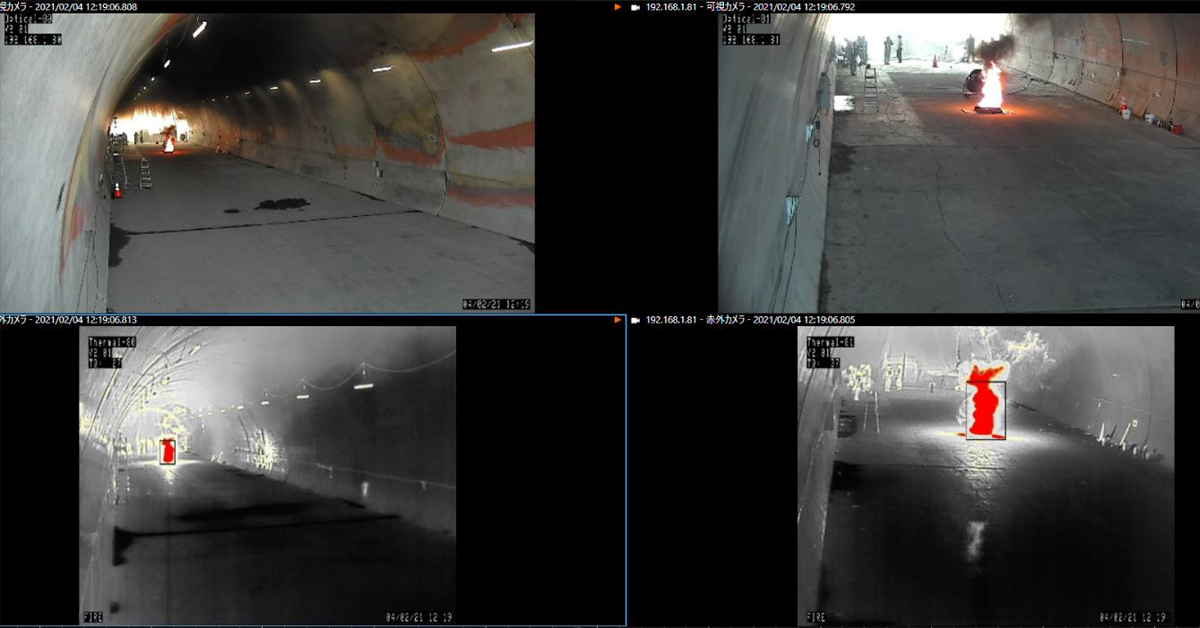
ITS-Series Dual AID Surpasses Standards for Fire Detection Systems in Japan
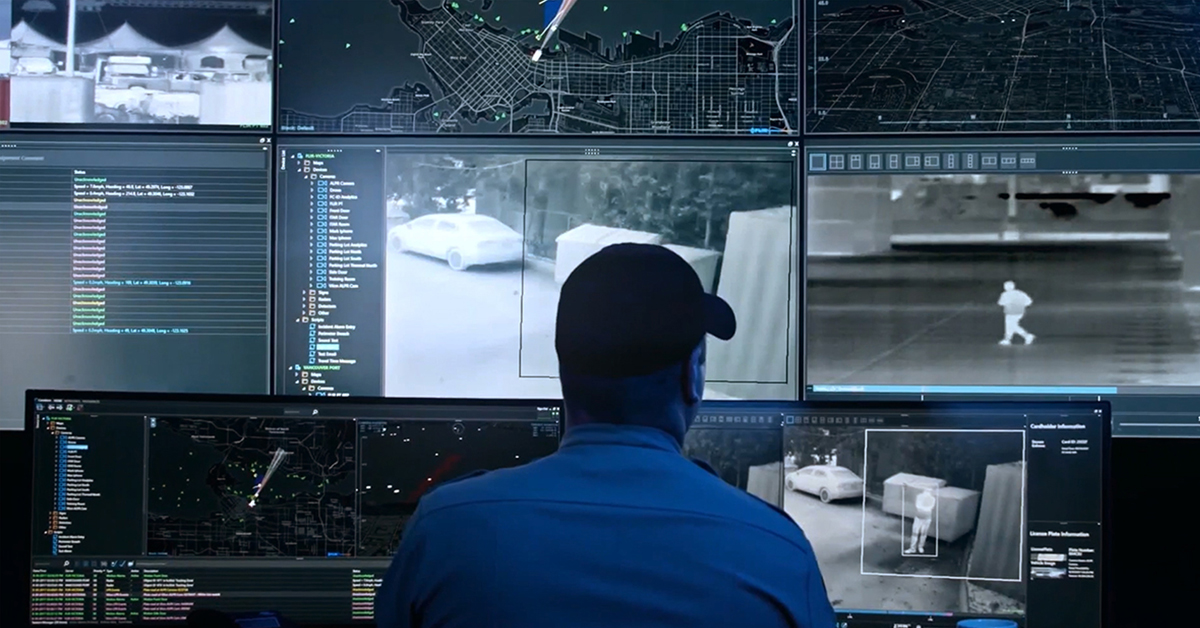
How Layering Multispectral PTZ Cameras and Radars Improve Perimeter Protection

POWER REMOTE RESET TECHNOLOGY - PRRT

Why Yacht Owners are Adding Thermal Imaging Cameras to Minimise the Risk of Lithium-Ion Battery Fires?
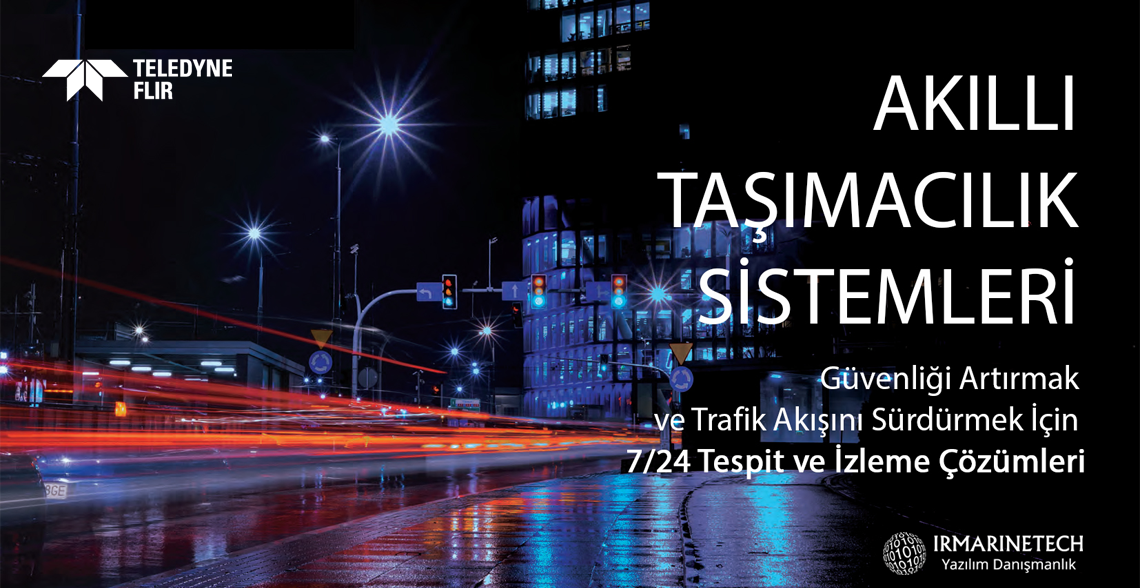
Intelligent Transportation Systems
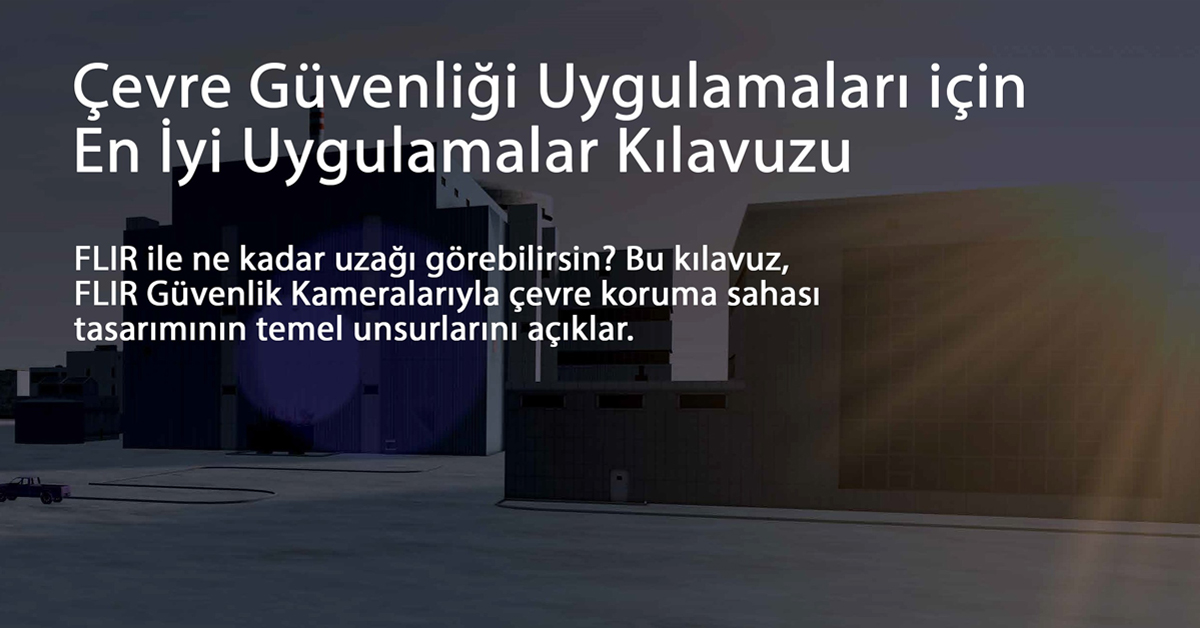
Best Practices Guide for Perimeter Security Applications

Protect Pedestrians, Bicyclists and More with Thermal Smart Sensors
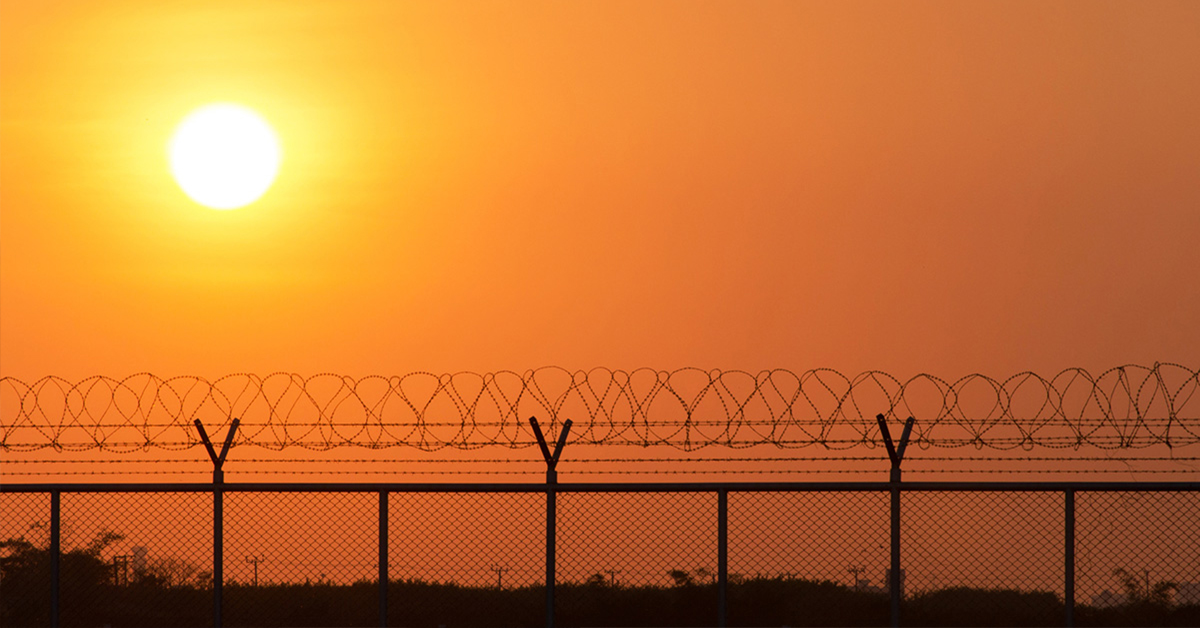
White Paper: Application of Ground-Based Security Radar to Perimeter Systems

What is Thermal Leakage and How to Reduce Its Risks
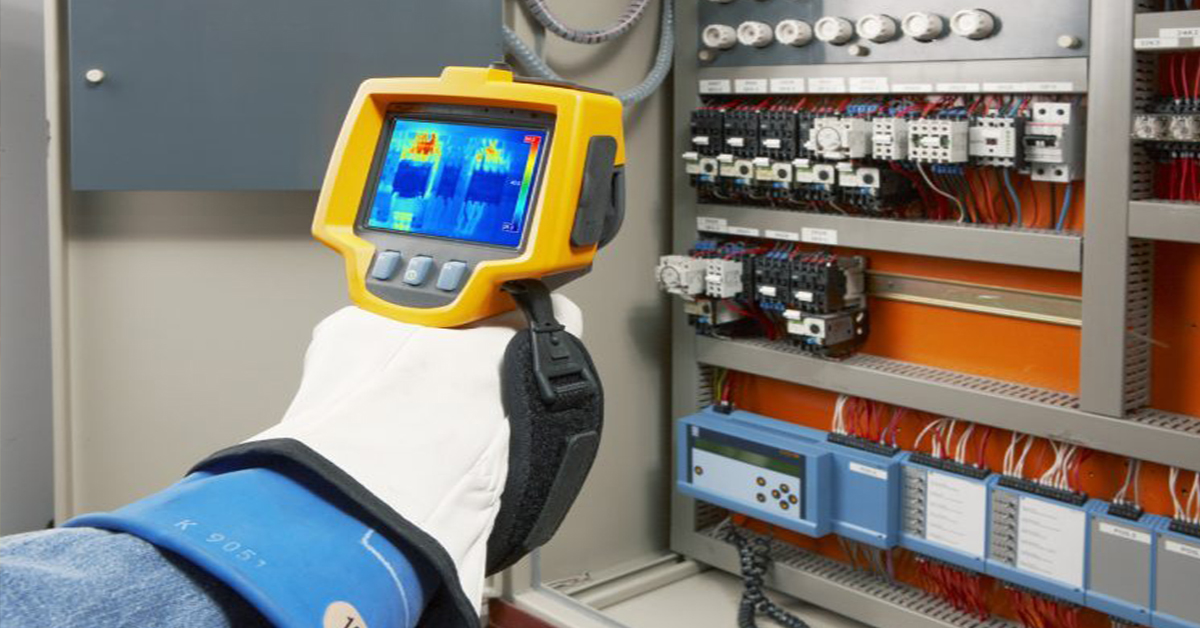
Battery Inspection Using Advanced Thermography
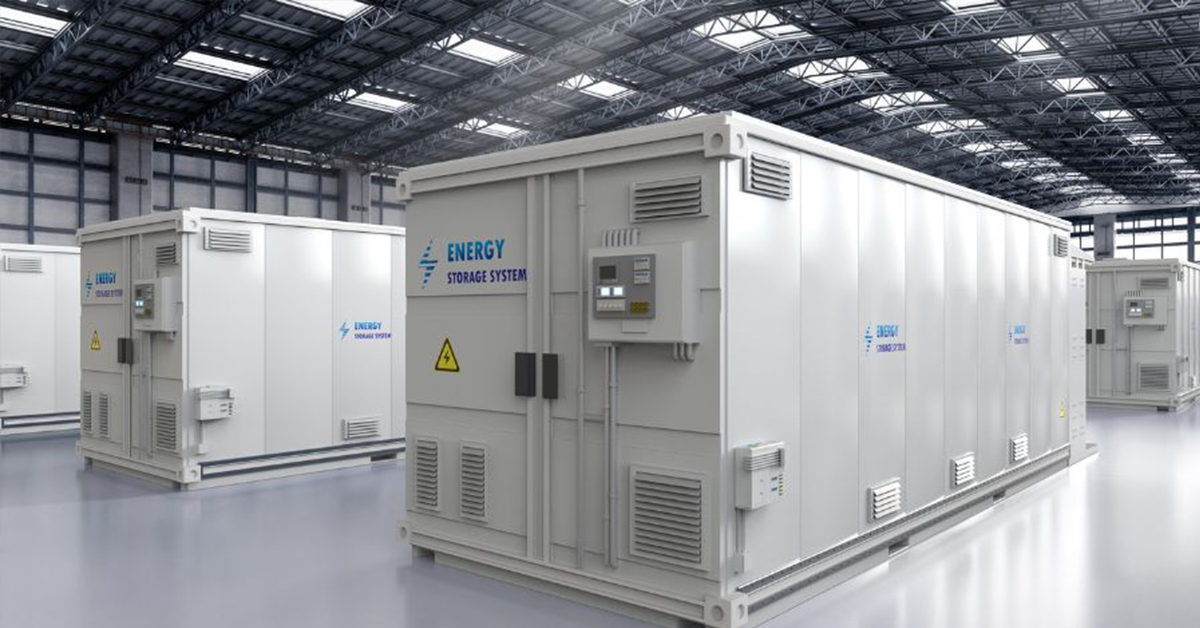
Providing ire Protection for Lithium Battery Storage
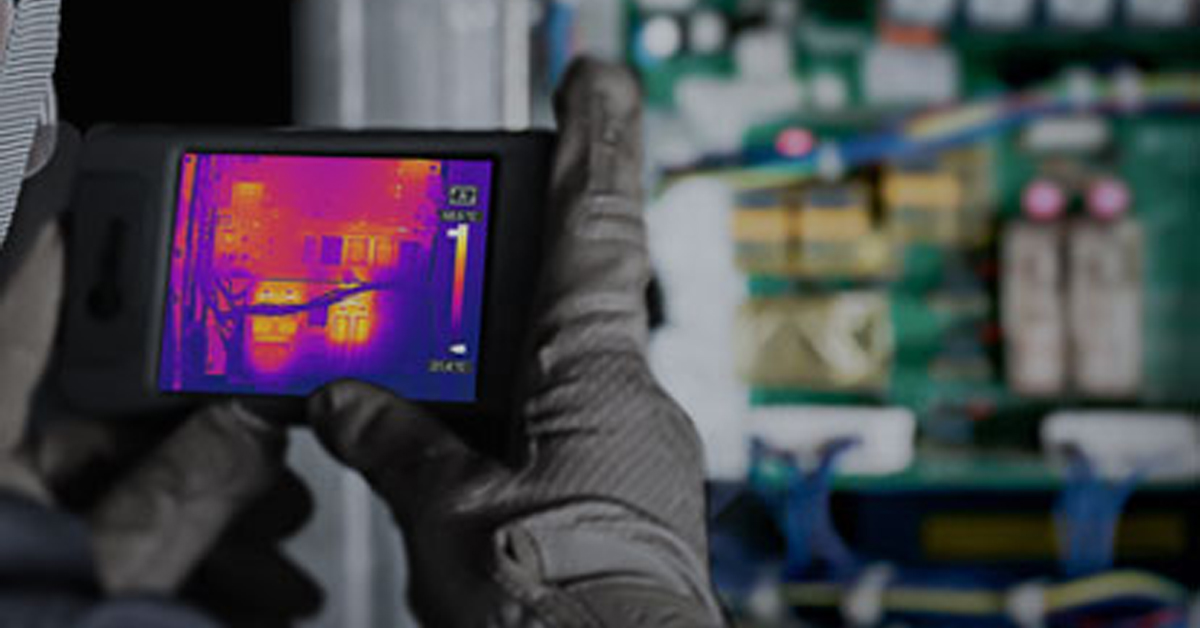
The Power of Thermal Imaging
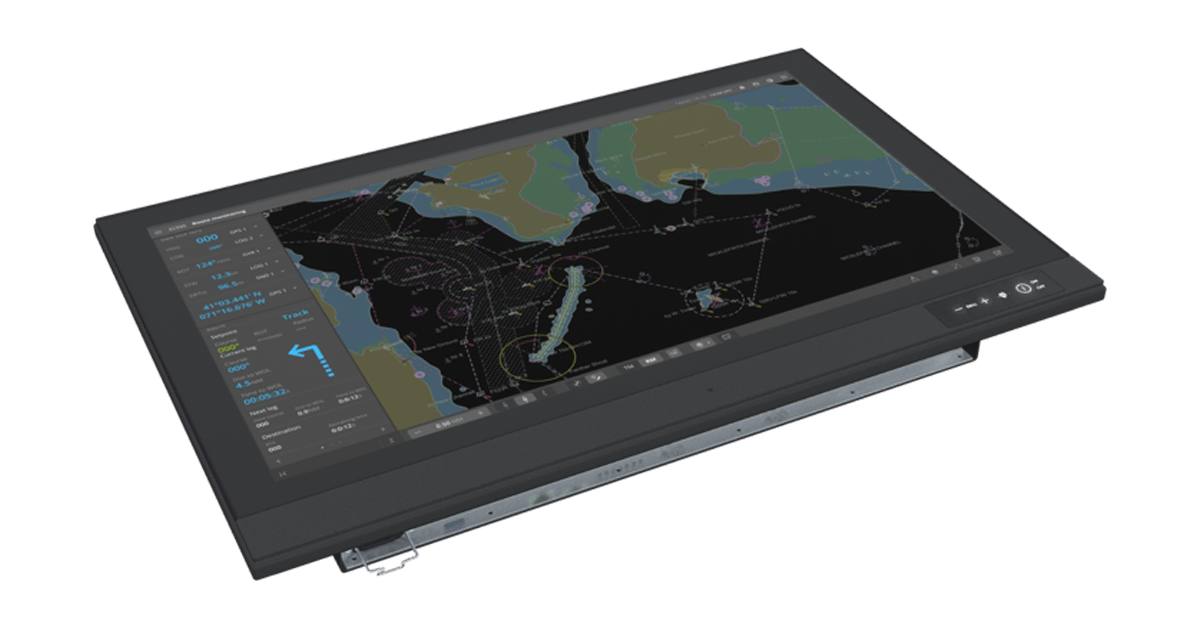
Why Panel PCs Are Perfect For Industrial Applications?

Teledyne DALSA
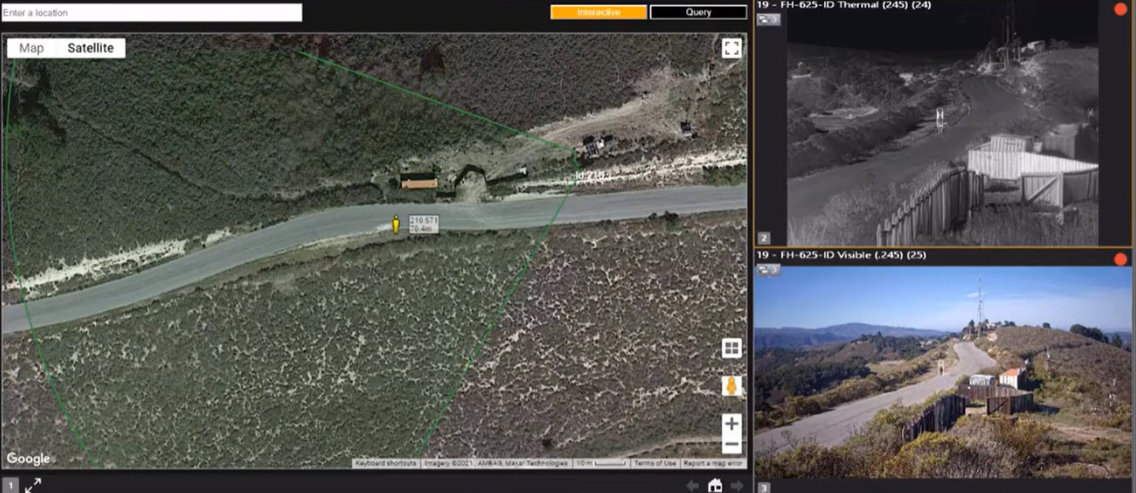
Advantages of Virtual Barrier Video Analytics for Perimeter Security Systems


NASA Takes the Teledyne FLIR Boson Thermal Camera Module Out of this World

Port Security Enhancement: DP World Yarımca's Trust in FLIR Security Solutions for Effective and Safe Port Operations
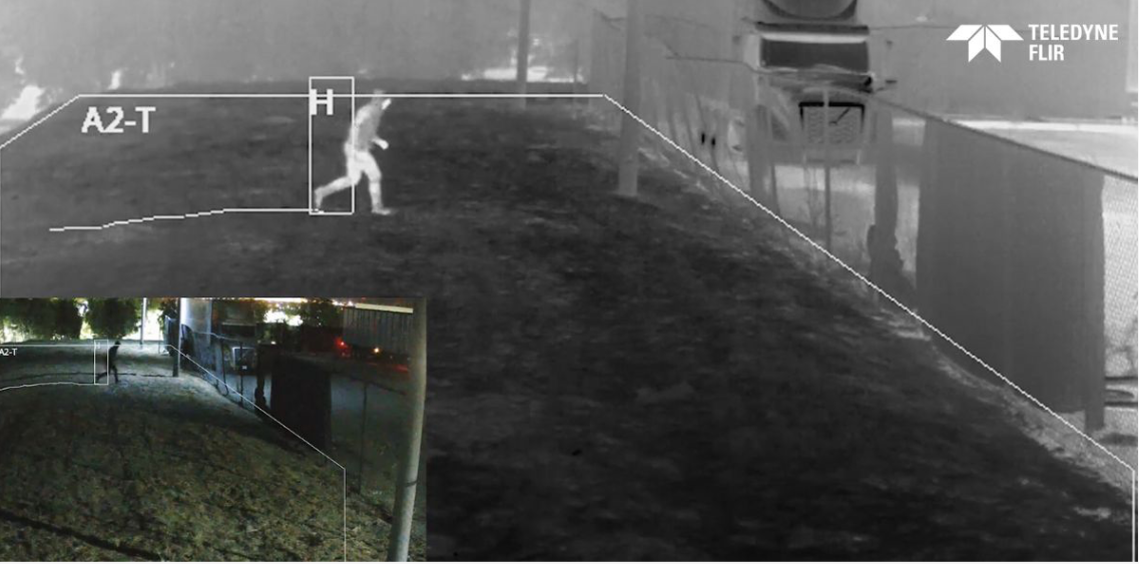
The Importance of Thermal Sensitivity (NETD) for Detection Accuracy

Bosphorus Boat Show 2025: The Meeting Point of the Maritime World
